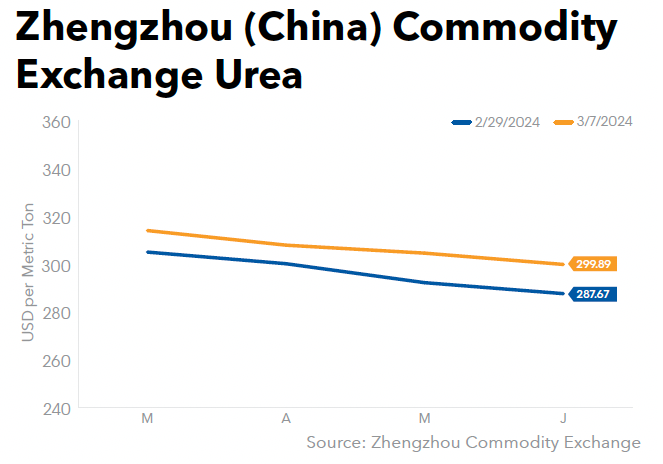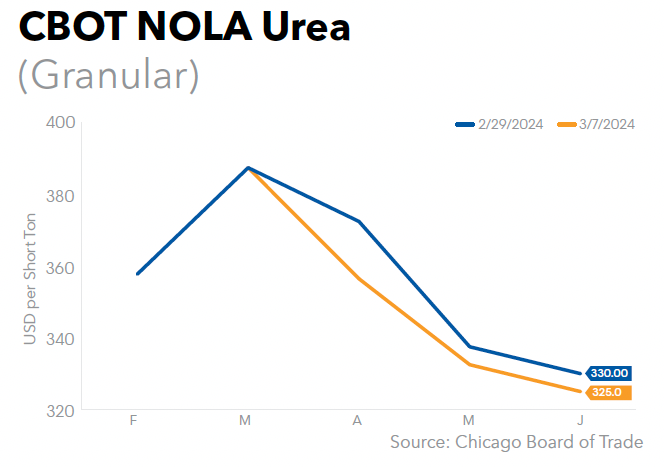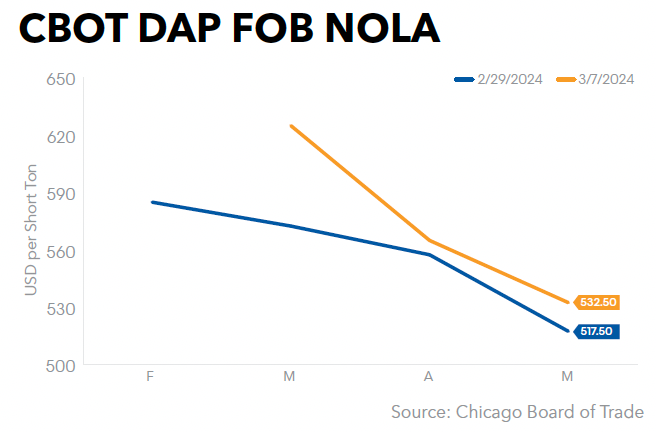LSB Delays El Dorado Fertilizer Capacity Expansion; Updates on Multiple Low-Carbon Projects
LSB Industries Inc. on March 5 announced that it is delaying its $400-$500 million capacity expansion at its El Dorado, Ark., complex. The company also gave an update on its multiple low-carbon projects.
“We have elected to delay the expansion of the production capacity of our El Dorado facility,” said Mark Behrman, LSB President and CEO. “After reviewing numerous factors, including current commodity market conditions and the other initiatives we have underway, we’ve determined that delaying the El Dorado expansion enables us to more effectively deploy resources to our other projects, while allowing us to maintain the strength of our balance sheet.”
Behrman told analysts in an earnings call that the full project would have cost $400-$500 million, but there are three pieces to it and the company does not have to do the whole project all at once, but can instead go “plant-to-plant.”
The three major components include debottlenecking the ammonia plant to increase capacity by 60,000-75,000 st/y, expanding the site’s large nitric acid plant, and building a facility that could produce 600,000-700,000 st/y of UAN.
Despite the delay, Behrman said LSB will continue to work with the USDA on timing and eligibility for a grant under the Fertilizer Production Expansion Program (FPEP) for the El Dorado expansion. The company has already completed an environmental assessment requested by USDA.
“We made meaningful progress in 2023 in achieving our vision to be an industry leader in the energy transition,” said Behrman, noting LSB’s collaboration with INPEX, Air Liquide, and Vopak Exolum Houston to develop a world-scale low-carbon ammonia production and export facility on the Houston Ship Channel (GM Oct. 6, 2023).
“This project will be transformative to LSB’s growth profile given the anticipated demand for clean energy,” Behrman said. “In the fourth quarter of 2023 we achieved an important step in the project development process when we selected KBR to provide the technology licensing and proprietary engineering design for the ammonia loop portion of the plant. We also recently selected an engineering firm to perform the pre-FEED on our ammonia loop. We expect to complete the pre-FEED during this year’s third quarter.”
The project would produce 1.1 million mt/y of blue ammonia, and LSB is working to secure offtake customers for the ammonia production. “Based on our ongoing conversations, we expect offtakers to come from Japan and South Korea,” Behrman said. “More recently, though, we have had conversations with potential European offtakers, and are encouraged, as we now believe Europe to be a viable target market as well.”
Behrman said LSB also continues to make good progress in the advancement of its carbon capture and sequestration project with partner Lapis Energy at LSB’s El Dorado facility (GM Feb. 24, 2023).
“We are focused on completing that project in the first quarter of 2026, subject to the EPA’s approval of our application for a Class VI injection well permit,” he said, adding that LSB has been receiving strong expressions of interest in potential long-term offtake agreements for the low-carbon products from El Dorado.
Lapis will capture and sequester more than 450,000 mt/y of CO2 produced at El Dorado. Behrman noted that Lapis will receive a 45Q tax credit of $85 per ton of CO2 sequestered, but they will also buy the CO2 from LSB.
“At the same time, we will be producing more than 375,000 mt/y of low-carbon ammonia, which we believe we will be able to sell at a premium,” he said. “All combined, this should equate to an estimated $15-$20 million in annual incremental EBITDA for LSB.”
LSB said it is also collaborating on the evaluation and development of a pilot program that would combine LSB’s low-carbon ammonia and Amogy’s ammonia-to-power engines (GM May 26, 2023). Amogy is to test a tugboat with an engine retrofitted for ammonia as a fuel during the third quarter.


